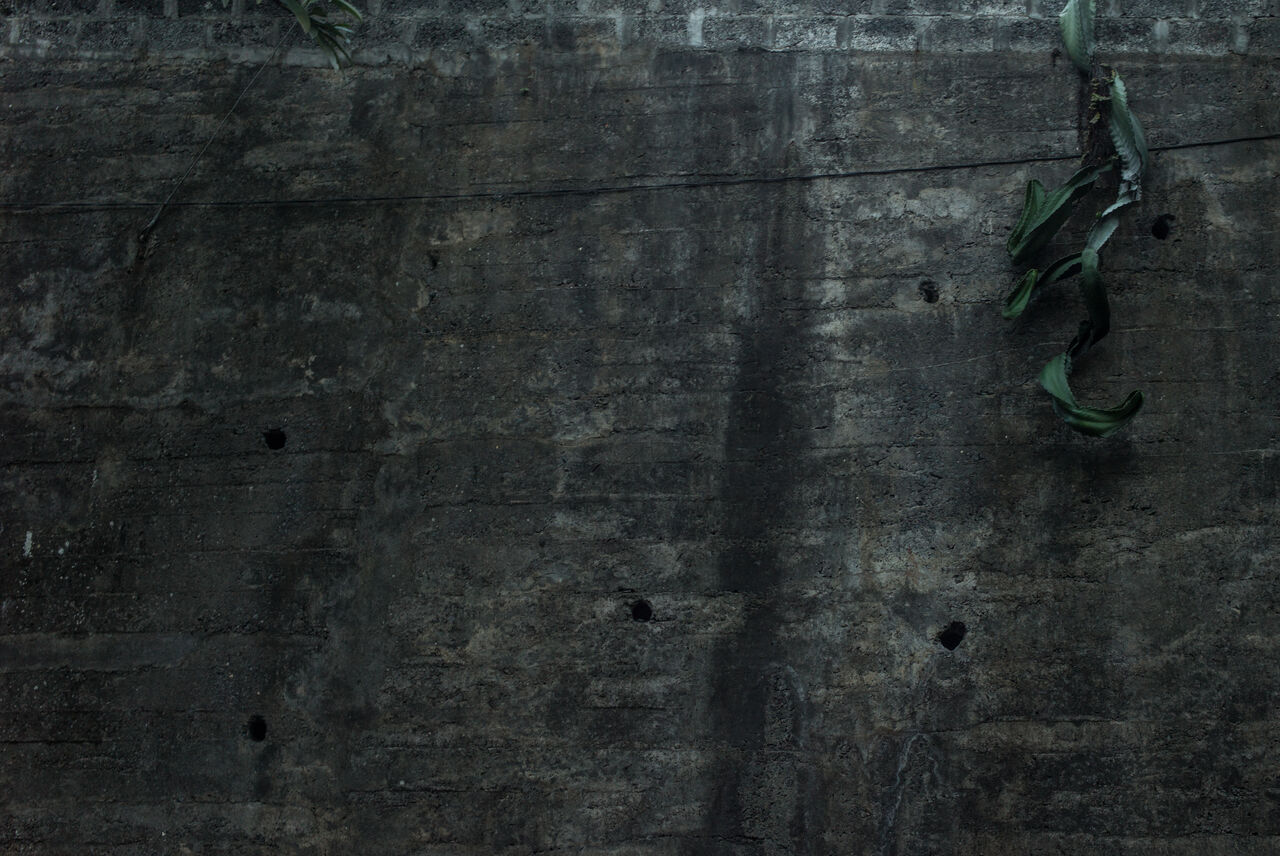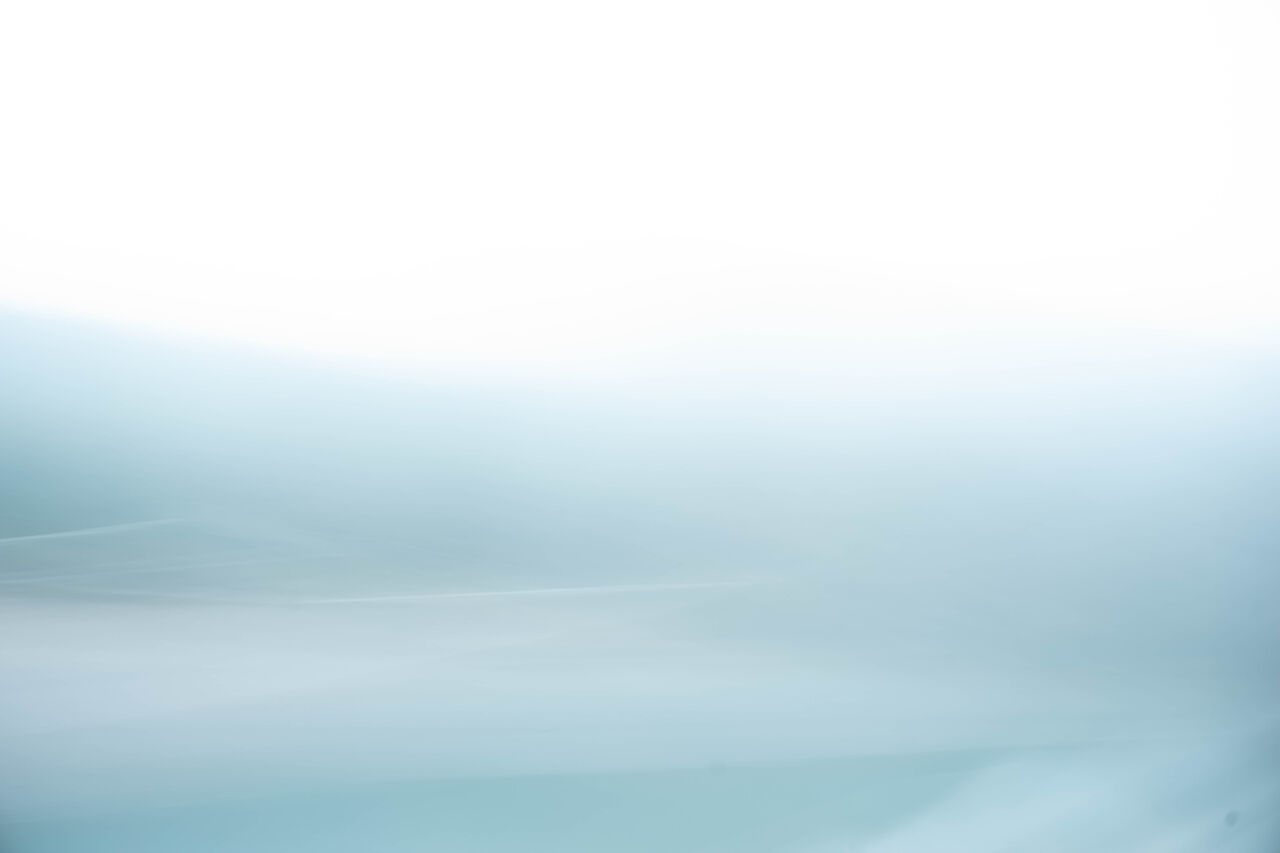Crafts of noticing
A bundle of immersive, multisensory practices for being-in-the-world.
Including embodied experiments, attention exercises, and simple suggestions. Tried and tested across various situations, surroundings and time-scales.

Progress is a forward march, drawing other kinds of time into its rhythms. Without that driving beat, we might notice other temporal patterns. […] The curiosity I advocate follows such multiple temporalities, revitalizing description and imagination. This is not a simple empiricism, in which the world invents its own categories. Instead, agnostic about where we are going, we might look for what has been ignored because it never fit the timeline of progress.
An invitation to notice, and practice noticing.
Noticing the myriad intricate details of your surroundings involves perceptions, intuitions, knowledges, and most importantly, an embodied cognition. Underlining the importance of the body and its interaction with the environment. Noticing is a craft that may be apprenticed by thinking, but never mastered by thinking alone.
While thought can create distance between the thinker and the world, the body is inextricably entangled. Breaking the illusions of separation, a body moves, senses, and adapts. It becomes immersed. It notices the world from within. Distances shrink through touch and taste, in direct contact with the texture, density, and vibration of matter. The soles of the feet sense distant tremors, and feel the friction of microscopic grains of sand. The tongue’s sensory papillae discern flavours of the sun in ripened fruits, and issue warnings when flooded in microbial decay. The ears can make out the quietest buzzing of an insect and the rumbles of distant thunder. A few mere molecules arouse the sense of smell, instinctively attracting or repulsing, stirring up memories. Sight beholds the body in a rhapsody of spaces, shapes, colours and forms, from the fine hairs on a leaf to a shimmering horizon. All at the same time.
Whether in the forest or in the clinic, noticing means a full sensory engagement with the sounds, images, feeling and general atmosphere of an encounter. It also means paying attention to, and trying to make sense of, what is not typical, capturing what might at first seem to be inconsequential details.
I throw myself into experiences, felt as sensations, parsed as perceptions – out of which might emerge concepts. Let’s think of concepts as resonant abstractions. Like diagrams, they gather perceptions into fields, patterns, rhythms under a name. A name that will now work more like a chord than a note in a sentence. Resonating with concordant perceptions, of the surround.
A cascade of signals stretching from micro to macro, compelling the body to act. Unfolding whether or not you pay attention. Yet it is only when thoughts recede Thoughts may still form part of the experience – like clouds, they come and go, while the sky remains unperturbed. that the power of noticing becomes apparent. Noticing the world as it is – without trying to intervene – reveals an awe-inspiring richness in the interplay of matter. This is at once humbling and enthralling, intimate and overwhelming, such that it becomes impossible for you to act as if you are separate from the world.

When the environment suffers, so do its bodies. Full-body contact with a heatwave etches itself in memory at a radically different resolution from a climate model’s computational representations. As facts, policies, and direct action fall short in regenerating our frayed bonds with the Earth, we must prepare for a burning world. In polluted cities and dwindling forests, urban gardens and rocky slopes. In unstable landscapes and climates where nothing can now be taken for granted. Learning to notice the minuscule changes in familiar surroundings can be warning signs of bigger shifts to come.
Apprenticing in the crafts of noticing hones the skills of being with the living and the dying, the animate and the inanimate, weathering transience at different speeds and scales. Practitioners can experience what it is like to be with the changing weather, in communion with the Earth’s myriad denizens, spirits and monsters, protectors and destroyers.
Trying to experience the world and ourselves in it as metabolism gives us one way of recalibrating our existence—away from separability and toward entanglement [...] a metabolic sensibility where nobody can be overlooked. Everything and everyone is a teacher and a learner at the same time. We are all nested in a larger metabolism driven by a metabolic intelligence. If this metabolism is sick, so are we. If we have made it sick and thus made ourselves sick, we have two options: either we heal or we die. We will need to choose between metabolic integration and regeneration or self- destruction. There is no middle way. And there is no “away.” And because it is urgent and we are running out of time, we need to slow down in order to grow up.
Practicing entanglement
Noticing everything without fail is an impossible task. Acknowledging this frees you to notice what you can, when you can. Start where you are. Simply look, listen, feel, and be kind;
Kind to yourself – for not noticing something, for being impatient, distracted or judgemental. Kind to the beings and environments you’re sharing the planet with – taming your fight-or-flight instincts in non-threatening situations and cultivating intimacy with your surroundings instead.
Say you’re in terrible pain. You can become hopeless, angry, desperate – this won't change anything about you being in pain, and will likely make it feel worse. When you approach the experience with kindness, you can recognise and accept that it is difficult to be in pain. Acceptance can reduce resistance. If you can, with kind attention, you can try to explore the experience of pain. Locate the pain in your body, and notice that some parts of your body are not in pain. Get closer still and describe exactly what the pain feels like – burning, stabbing, throbbing... You'll likely notice that pain ebbs and flows, rather than being overwhelming all the time. You can lean into the periods of respite when the pain subsides and breathe through it's peaks. This kindness helps you stay with noticing rather than acting on unproductive urges. In situations that are beyond your control, kindness enables you to notice more. It becomes an antidote to despair.
then notice what unfolds. This is the essence our craft.

What follows is a non-exhaustive assemblage of suggested practices, These practices may appear simple and straightforward, but with sustained attention, dedication, and commitment, they can develop their own life. Practitioners are advised to be persistent, while remaining patient and kind – with themselves and others involved. a taste of the possible…
・
.
・
・
Meditating. Noticing the movements of thoughts and sensations while remaining still, The House Is Haunted By Itself open and receptive to changing conditions. Seeing Just As It Is
Embodying. Observing, drifting and performing with vibrant matter, using human senses to inhabit the lay of the land. Performing the Unknown
Shifting viewpoints. Moving the body like a fractal. Walk with me A meander through the visible spectrum, colouring the world anew. A Spectral Ocular
Relating. Reading geological landscapes across spatial and temporal scales. Dwelling on Rocks Mapping (hi)stories to quotidian surroundings. MonsterCode
Re-enchanting. Uncovering the marvellous in familiar nature. In silence, birdsong Becoming Birdlike, and in child’s play. Vernacular Magic

🍂
Further reading & references